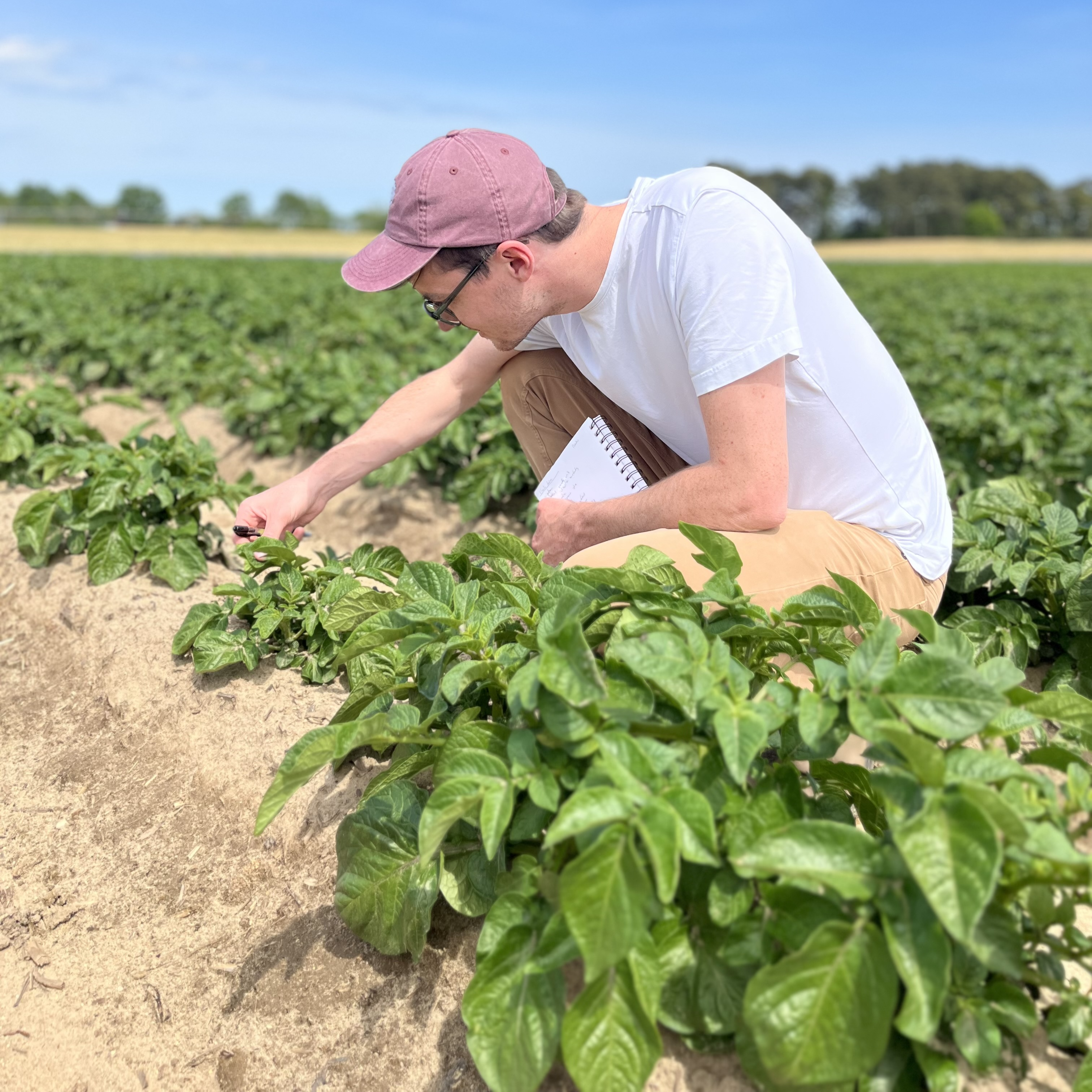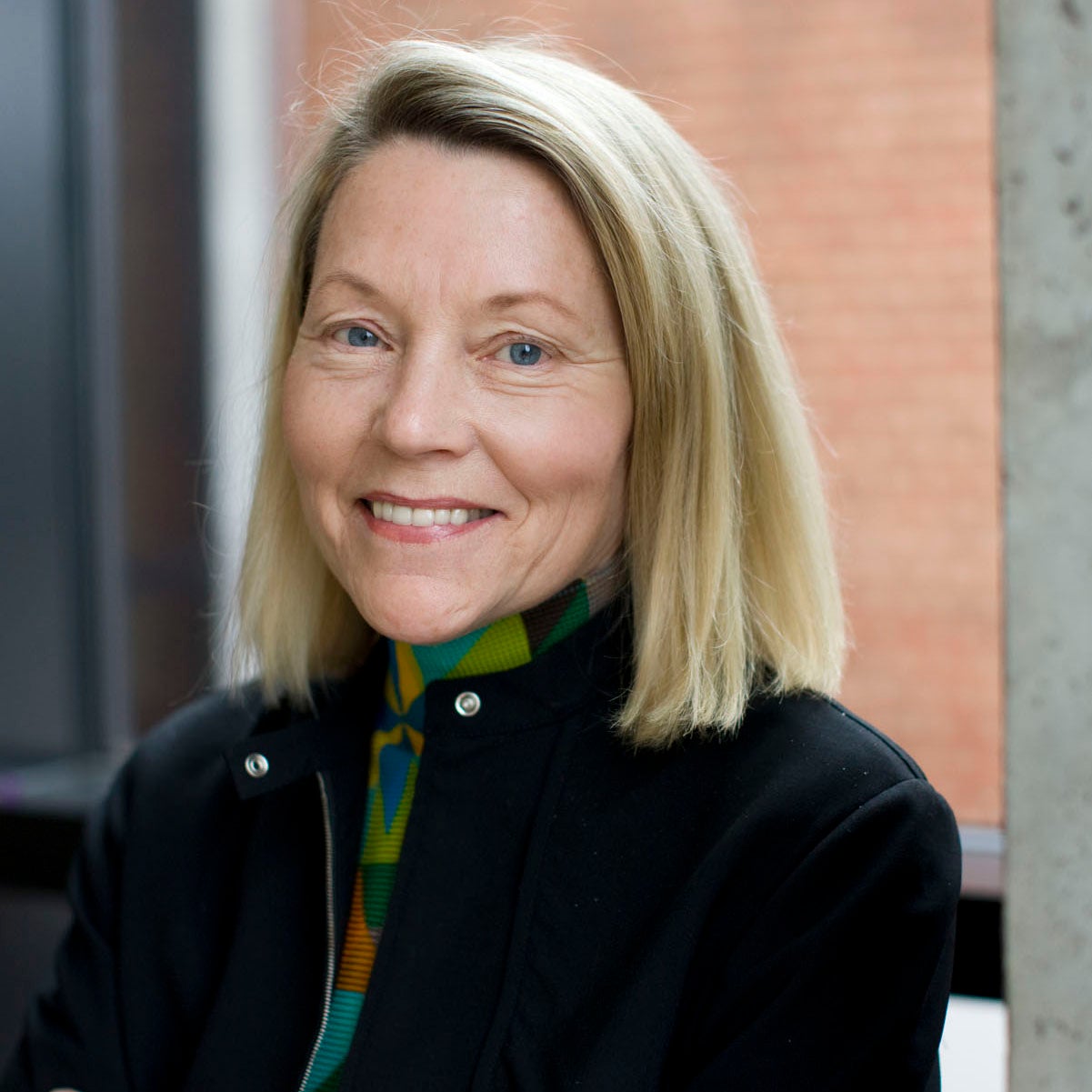
PROJECT PIPELINE MAKES ARCHITECTURE MORE ACCESSIBLE TO HIGH SCHOOL STUDENTS
On a warm Thursday afternoon earlier this month, seven high school students were holed up on the fourth-floor studios of Campbell Hall at the University of Virginia School of Architecture, busily preparing their final design presentations for a small park in Charlottesville’s South First Street public housing neighborhood, where some of the students live.
Sketches abounded, 3-D models awaited a few finishing touches and faculty mentors hovered, ready to help or simply to encourage.
It was the second-to-last day of Project Pipeline, a new School of Architecture program affiliated with the National Organization of Minority Architects that welcomed local high school students for a two-week paid internship. Students got an introduction to architecture, urban planning and landscape architecture; took field trips around Charlottesville and even to Washington, D.C.; and worked on their own designs for the park, which they presented to community housing leaders at the end of the program.
“It has helped a lot of us figure out what we enjoy about designing and building,” said Patricia Yao, a recent Charlottesville High School graduate and soon-to-be Piedmont Virginia Community College student.
“It taught me that I am creative,” she said, gesturing to the model of the park she designed. “I had never done anything like this before.”
The project started when Audrey Oliver, a resident of the South First Street public housing neighborhood and a leader of the Charlottesville Public Housing Association of Residents, approached city officials and, eventually, UVA professors about the possibility of designing a small park near the Pollock’s Branch creek. The city is putting a pedestrian bridge on the site and has to take down a historic ash tree.
“The woods down there are just beautiful, and I always wanted to figure out how we could make it a therapeutic area – somewhere to walk, hike or just relax,” Oliver said. “The message eventually spread, and [UVA professor] Barbara Brown Wilson got in touch with me, and we talked about getting the youth together.”
Wilson, a professor of urban and environmental planning who has worked extensively with public housing communities in Charlottesville, was excited about the idea, as were her colleagues Jeana Ripple and Elgin Cleckley. Cleckley had attended a pipeline program at the Corcoran School of Art as a high school student 31 years ago.
Like Yao, Cleckley said it was the first time he “fell in love with design.”
“Because of that, I came to UVA and did my undergraduate degree here at the School of Architecture,” he said. “Pipeline projects are great because they open up the world of architecture and design and give you confidence that you can become a designer.”
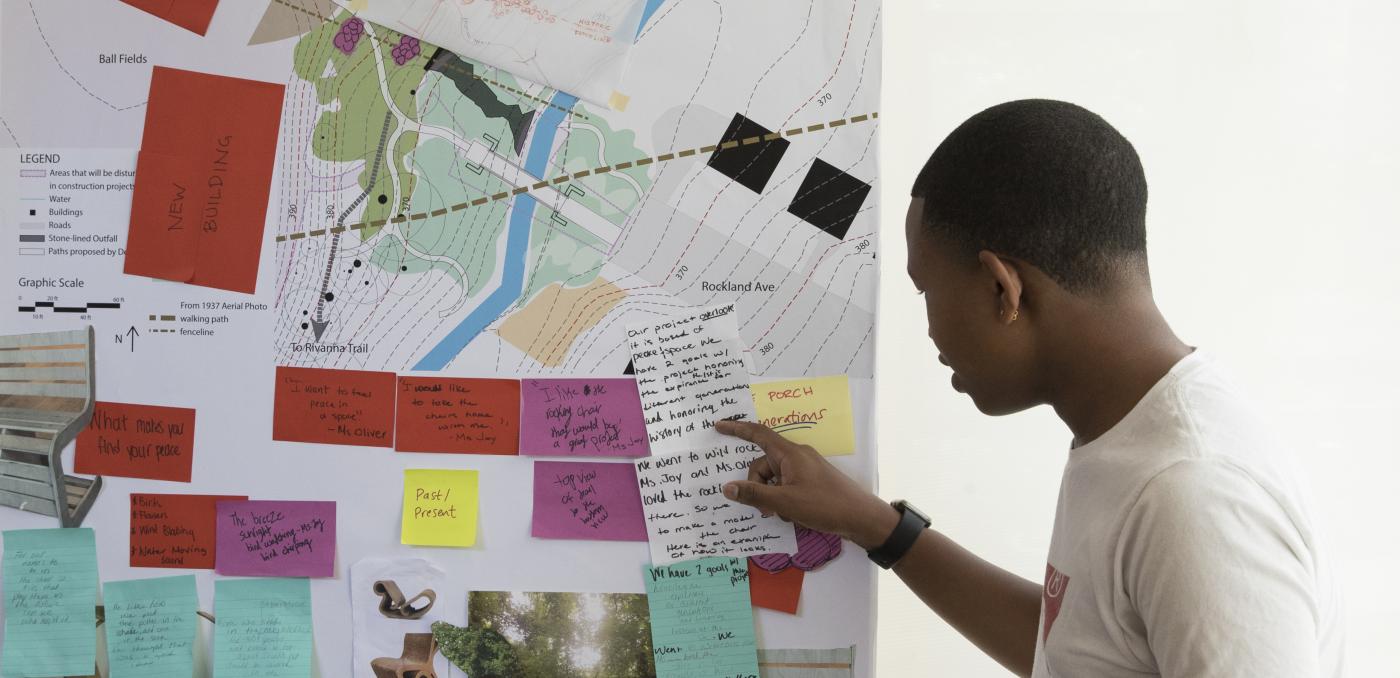
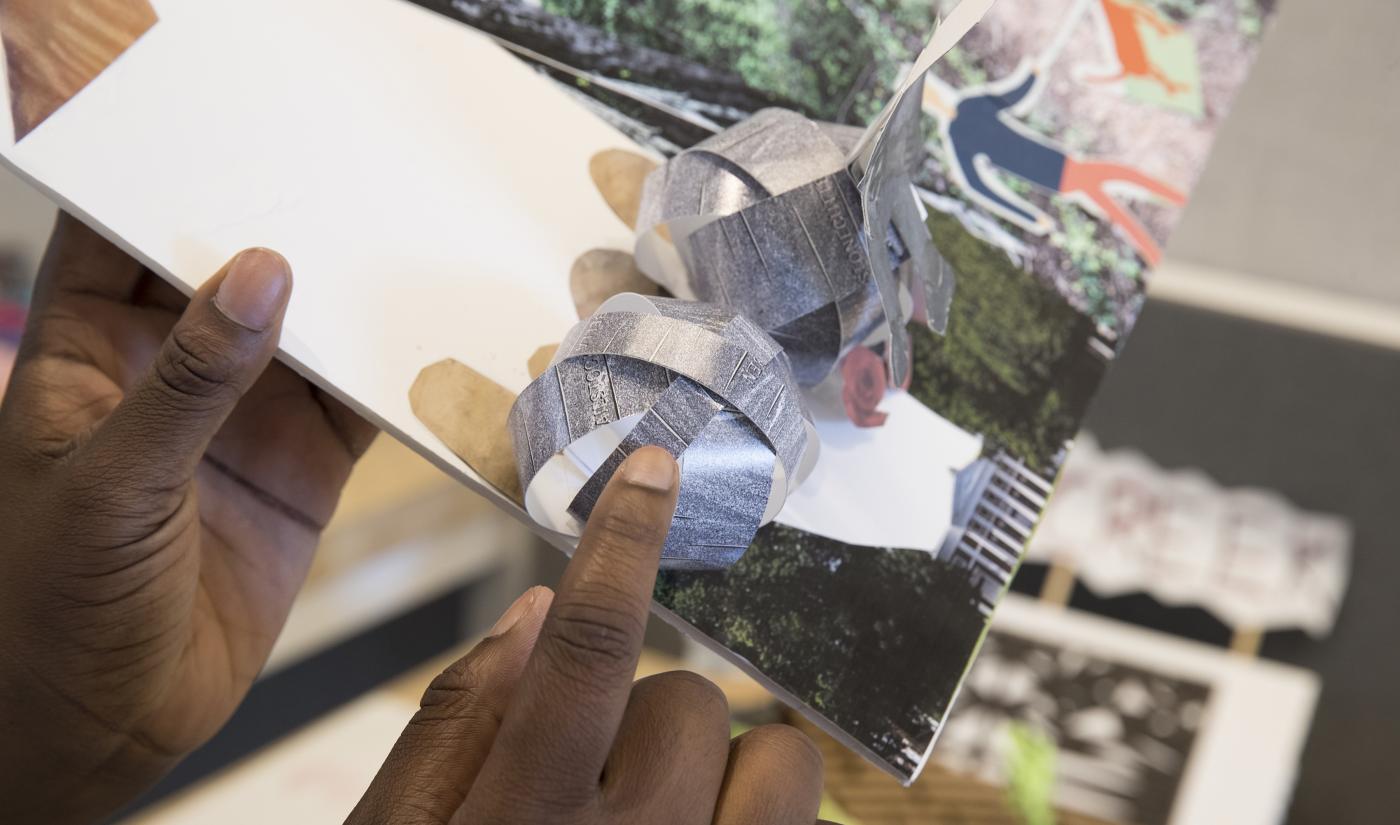
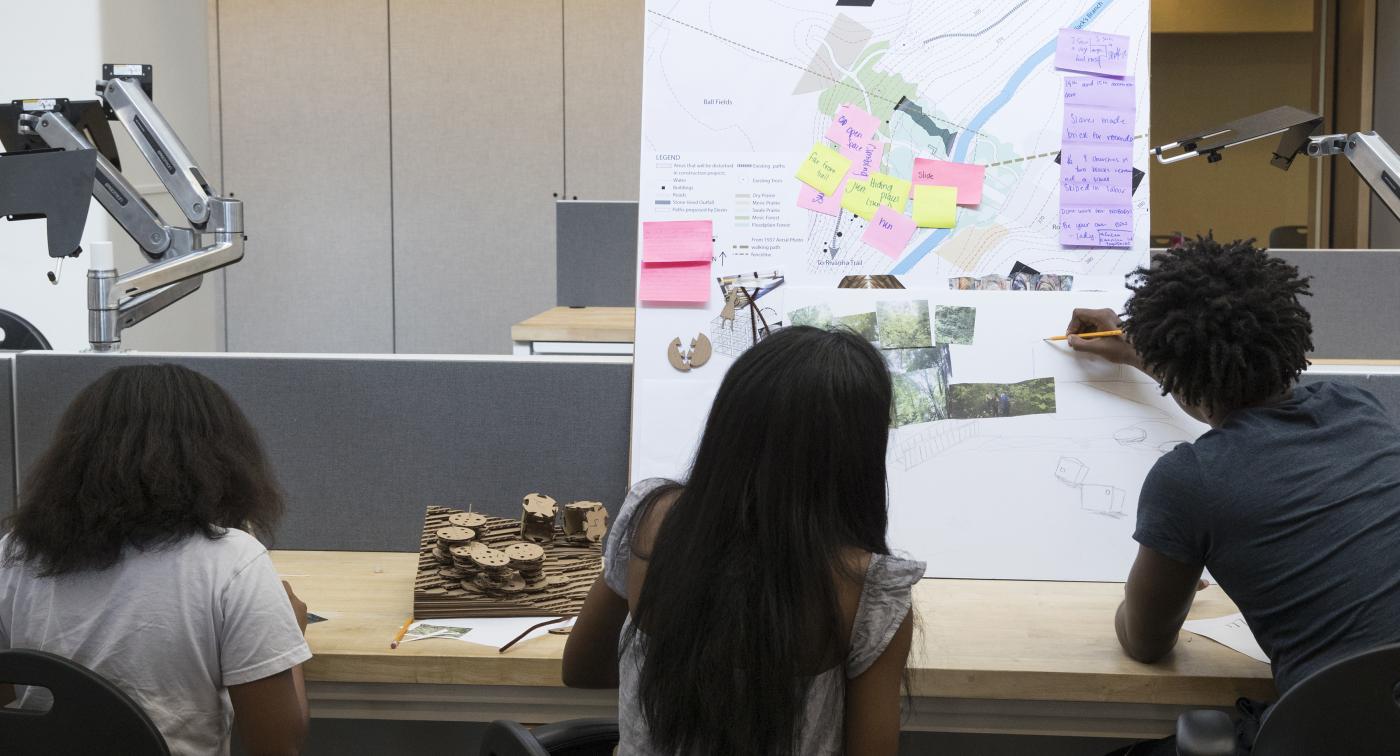
They decided to start a chapter of the National Organization of Minority Architects Project Pipeline program at UVA as part of part of the school’s broader Inclusion and Equity Plan, and to use South First Street as the students’ first big project. Funding came from the National Endowment for the Arts and the Jefferson Trust, run by the UVA Alumni Association. Two UVA School of Architecture students, Brandon Eley and Lauryn Downing, were lead mentors, with Ph.D. student Alissa Diamond and planning students Kellen Dunnavant and Hunter Berry supporting the program.
Though the Project Pipeline program is open to anyone, leaders are particularly focused on raising awareness among underrepresented and minority students, working with high school teachers and guidance counselors in area schools to encourage students to apply. The $600 payment, which participants receive at the end of the program, helped make it more accessible to students of all income levels.
“The number of African Americans in architecture is exceedingly low in comparison to the population of African Americans in Virginia, and the country as a whole, as well as in architecture schools,” Cleckley said. He focused some of the program’s curriculum on work by African American architects or projects that focus on African American culture.
For example, on a weekend trip to Washington, D.C., students visited the National Museum of African American History and Culture (which some UVA alumni helped to design and build) and other important buildings to see the designs of David Adjaye, Max Bond and Phillip Freelon, who died just before the program began and has been called the most significant African American architect in recent history.
They also visited the National Portrait Gallery and the National Building Museum to see examples of African American creativity, including portraits of former President and first lady Barack and Michelle Obama.
In Charlottesville, they visited The Fralin Museum of Art at UVA, where they saw the work of Isamu Noguchi, explained in a lecture by architecture professor Jeana Ripple; and saw the Memorial to Enslaved Laborers currently under construction at UVA with UVA planning student Kellen Dunnavant, who is working with UVA’s Facilities Management office this summer. Students also learned about the architecture of the Downtown Mall from Alissa Diamond and UVA alumnus Nathan Foley, and attended the dedication of a memorial recognizing lynching victim John Henry James.
“I learned more about Charlottesville and its history that I did not know, and I also learned how much work goes into designing something, how much thought,” high school junior Zymir Faulker said.

